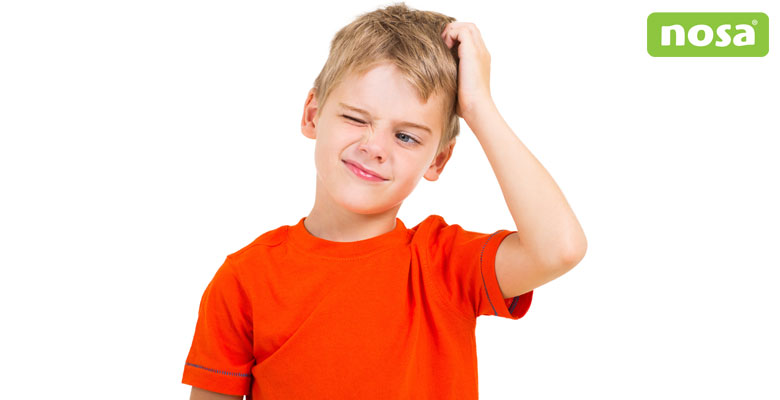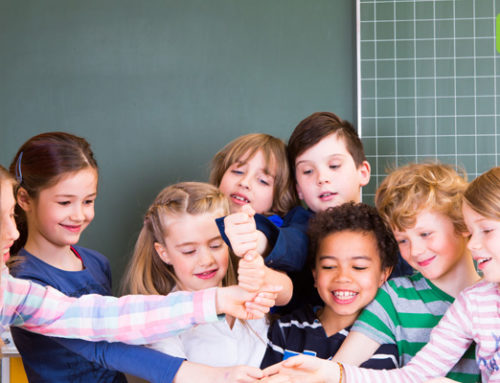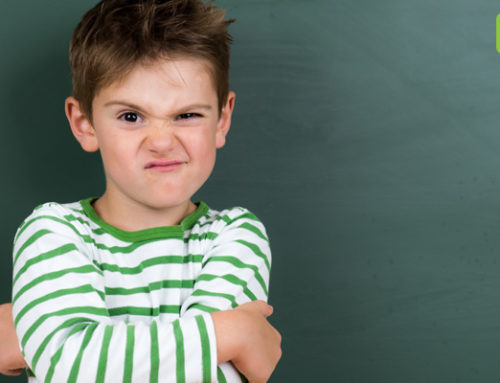"My child has liceHow is this possible? many mothers and fathers ask in amazement. However, it is possible and almost as common as a cold. A child with head lice does not mean bad hygiene habits and should not be a cause for embarrassment.
Physical proximity at an early age makes children very vulnerable. In fact, between 5 and 10% of children aged 3-10 years have ever had head lice.
Fortunately, there are effective lice treatments that eliminate head lice and prevent the spread of lice. All you need to do is take action and use the anti-lice products adequate.
Lice: characteristics and habits
Lice are one of the most common insects in all cultures. They inhabit only humans, usually children between 3 and 10 years old and also their relatives. The disease they cause is known as pediculosis.
What else can we know about hair lice?
- The scientific name is pediculus humanus capitis
- It feeds exclusively on the blood it sucks through the scalp.
- Lives near the nape of the neck area and near the ears
- You can see it with the naked eye
- It needs a temperature between 28 ºC and 32 ºC.
- Hates chemical treatments such as bleaching, dyeing, etc...
The hair louse, a member of the family pediculae. We could say that their cousins are the Pediculus humanus or body louse and the Pthirus pubispubic louse, pubic louse or crabs.
Life cycle of the louse
A louse lives between 33 and 35 days. During this time it goes through three stages: the nit, the nymph and the adult louse.
The female lays a type of egg called nits, usually near the base of the hair. Females can lay up to 10 nits in 24 hours. If you don't look closely, the eggs look like bits of dandruff stuck to the hair and their colouring is white to transparent if the egg is empty and brown or dark grey when the louse has not yet hatched. Nits take 7-10 days to hatch and only one insect hatches from them.
When they hatch, a nymph or young louse emerges, with no defined sex and a whitish colour. Only 60 % of the lice that emerge from the nits reach adulthood. They assume the gender of male or female louse, depending on the environment, and it takes about 9-10 days for them to do so. During this time, they also develop the ability to mimic or camouflage, i.e. their colour becomes similar to that of their hair.
Once adult, the male is 1 to 2 millimetres long and the female is 2 to 4 millimetres long. They have no wings and do not jump like fleas, but their six legs allow them to move quickly and get an efficient grip on hair.
When the louse bites, it inoculates the skin with an irritant substance before sucking the blood, which is why it makes you want to scratch. If they fall off - which is rare - they die within 48 hours. If they get a live non-human host, they die within 3 days.
Although the louse has a short life cycle, if we do not get rid of the nits, the lice community does not disappear. A good treatment process is implied:
- Getting rid of head lice
- Nit picking
- Keep insects away if you are in a susceptible environment.
Why does my child have head lice?
Pediculosis is acquired through frequent contact with another infested person: if the person is heavily infested, a kiss or a hug is enough to pick up lice.
At school children spend the day on top of each other in their activities. It is normal that the close proximity of the heads during the day makes it easier for the louse to pass from one child to another. Transmission through clothing, pillowcases, hats, combs or brushes is also possible, although less common.
Lice have no preferences or restrictions on hair type or hair colour. Everyone is susceptible to head lice. As these insects are good swimmers, a head wash is not enough to get rid of them. In fact, the louse prefers clean hair. Why? Because it is easier for them to feed and move around in clean hair than if they have to deal with dandruff, grease and dirt.
Signs and symptoms of pediculosis
The most common are:
- Presence of live lice of varying sizes
- Intense itching of the scalp mainly in the area near the nape of the neck (occipital area) and the ears (retroauricular area).
- Small spots of redness on the scalp
- Lice eggs or nits attached 6.5 mm from the root of the hair
Some people do not feel any itching, but this is not an indication that they do not have lice. When the nit is attached to the hair at the ends, the person may have been infested, but the hair has grown and the nits have hatched.
For any of the above symptoms, it is best to make an inspection of the scalp and take immediate action.
And if you want to know more about head lice, don't miss out on our free step-by-step guide 😉.







Leave A Comment
You must be logged in to post a comment.